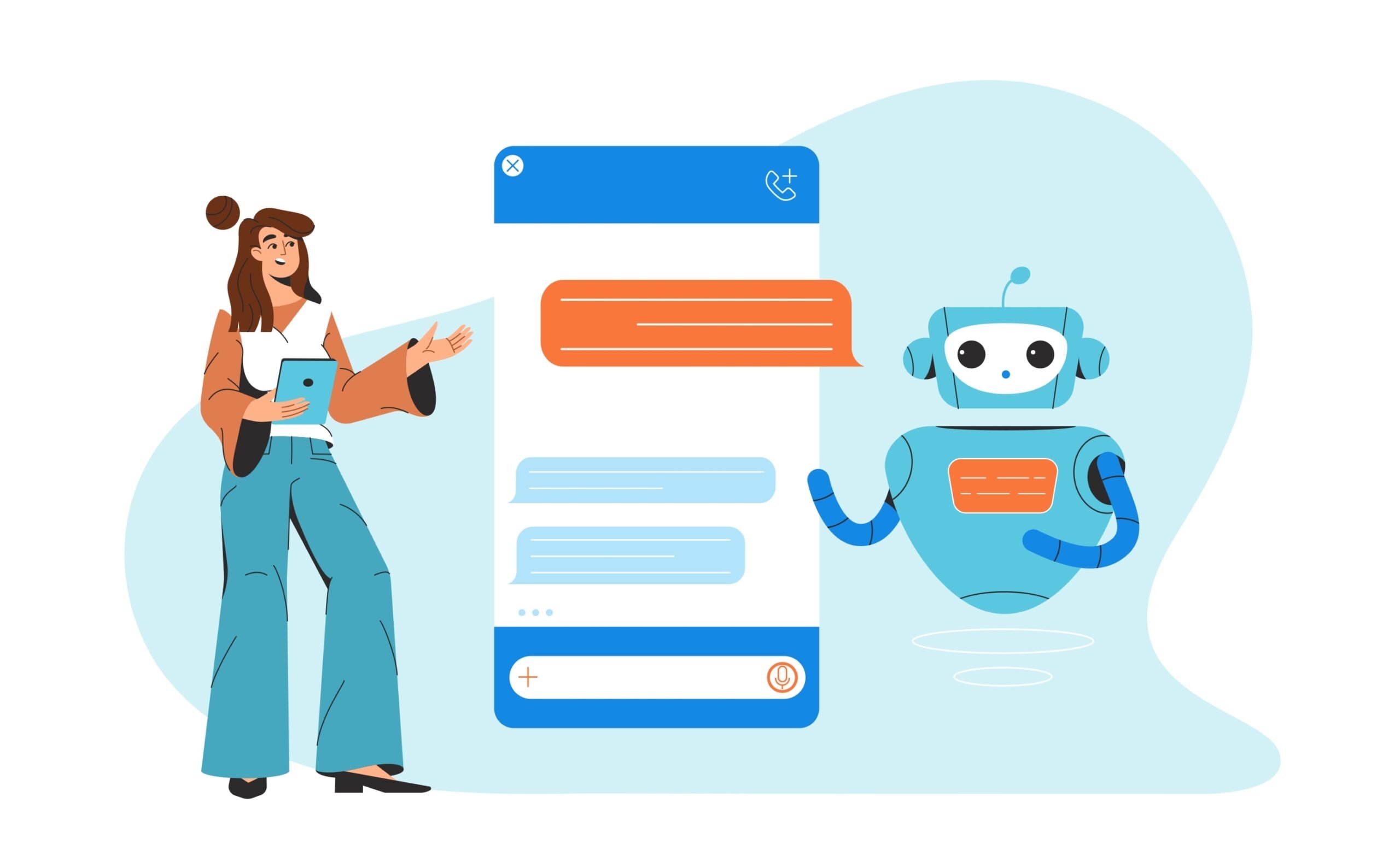A seemingly ordinary ad slipped into a mainstream newspaper earlier this month. At first glance, it appeared like any other—three models posing against a warm sunset. But on closer inspection, something seemed off. The faces weren’t real, but generated by artificial intelligence. It was part of a campaign by Tata CLiQ Luxury, a brand under the Tata Group, which has quietly been replacing human models with AI-generated images in its print ads for nearly a year. The result is eerie and far from perfect.
AI in advertising isn’t entirely new. Over the past 8-10 months, several television commercials featuring celebrities have incorporated AI elements. While Tata CLiQ’s AI models have mostly gone unnoticed, online travel agency Yatra faced legal trouble. In May this year, a woman alleged that her likeness had been used without permission in one of Yatra’s AI-driven ads, leading to legal action against the company.
Others including Phoenix Malls and jewellery maker Joyalukkas have also tried their hand at AI-generated print campaigns.
AI-generated ads are gaining momentum in print media, even though concerns are growing within the industry. The technology’s ability to replicate human-like figures is evolving rapidly, and some believe it could reshape the advertising landscape.
AI is making it increasingly cost-effective for brands to produce ads, eliminating the need for real models, exotic locations, and expensive post-production work, said Karthik Srinivasan, a Bengaluru-based communications strategy consultant. “If AI can generate models that look as good as the real thing, what incentive is there for ad agencies to hire real people and spend on costly shoots?”
Srinivasan, however, agrees that the quality of AI-generated ads is still lacking. “Take Tata CLiQ’s AI ads, which have been running since November. They’re not well-executed, and that could be intentional—perhaps to ensure readers don’t mistake the AI models for real people,” Srinivasan said. “But it raises another question: if the models aren’t real, are the clothes they’re showcasing even real?”
Tata CLiQ declined to comment on this story.
Yatra, in response to queries about its AI ad, said: “We prioritise ethical practices and ensure that all our creative materials are sourced responsibly and with proper licensing. As confirmed by our creative agency, the image used in our print advertisement was sourced from ‘Adobe Stock Images’ by our creative agency in accordance with their licensing terms with them.”
Globally too, some of the digital and print campaigns created using AI have not worked. For instance, Google withdrew its Olympics ad in early August following backlash from critics for depicting a “distasteful” use of artificial intelligence. Technology giant Apple also withdrew an ad depicting Thai people in a stereotypical manner in July.
Legal view
AI’s rapid deployment in advertising comes with its own set of challenges. Concerns over privacy, deepfakes, and content accuracy are pushing the industry towards stricter guidelines and self-regulation.
When a voice, likeness or feature is used, it can impinge on personality rights, said Delhi-based lawyer, Dhruv Garg, who is a technology law and policy expert. Many courts in India have ruled that personality rights cannot be violated for commercial purposes without taking a license, he said.
AI generates content based on data sets. While some campaigns use licensed work, others may not be and usually run a disclaimer.
“AI models are being used because of their cost effectiveness and ease. There is no going back from it. But at this point, there is no specific law on AI in India. It is just personality rights and other intellectual property laws will apply in any cases of infringement,” Garg said. “The apportionment of damages and liabilities will be based on the piecemeal application of traditional laws across the board–whether it’s an ad agency, company or software being used.”
Mint recently reported on AI’s role in enabling hyper-personalized campaigns, as seen in Cadbury’s Diwali ad, which featured Shah Rukh Khan promoting local businesses. With machine learning, agencies can now create thousands of custom ads quickly, improving efficiency at every stage of a campaign. It not only helps large brands cut costs but is also democratising content creation for smaller companies with limited budgets.
“When companies use AI to generate any sort of advertisement creatives, irrespective of whether they are static or not, they save at least 70% of what they would have spent if they had done a shoot,” said Rashi Agarwal, founder of Megalodon, which creates AI-based advertisements for companies like Reliance Industries-owned Ajio and travel companies like Club Mahindra. “Good AI tools can help create the same kind of content with the same type of feel in less time using fewer resources.”
At this point, AI can create good quality static images but not videos. Still, virtual actors or avatars are already being used to create campaigns.
Shooting with virtual actors can cost up to ₹25 lakhs based on how elaborate the set requirement is, said Abhishek Razdan, co-founder of Avtr Meta, the company behind AI model influencers like ‘Virat’ and ‘Naina’. With real models, industry estimates suggest, such a shoot can cost ₹35 lakh to ₹50 lakh, and go up to ₹1 crore.
The virtual “influencers” have worked with brands like Oppo and Baskin Robbins for some marketing campaigns.
Ironically, such AI-generated models vouch for authenticity and look to build a personal connection, something they themselves lack.





